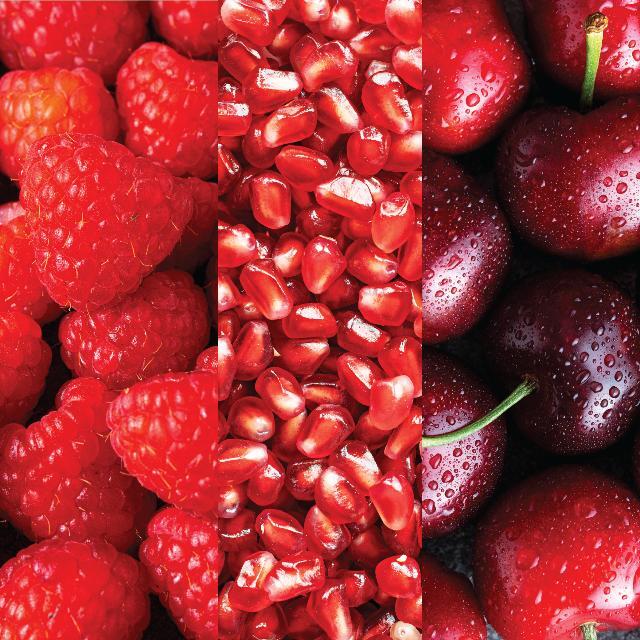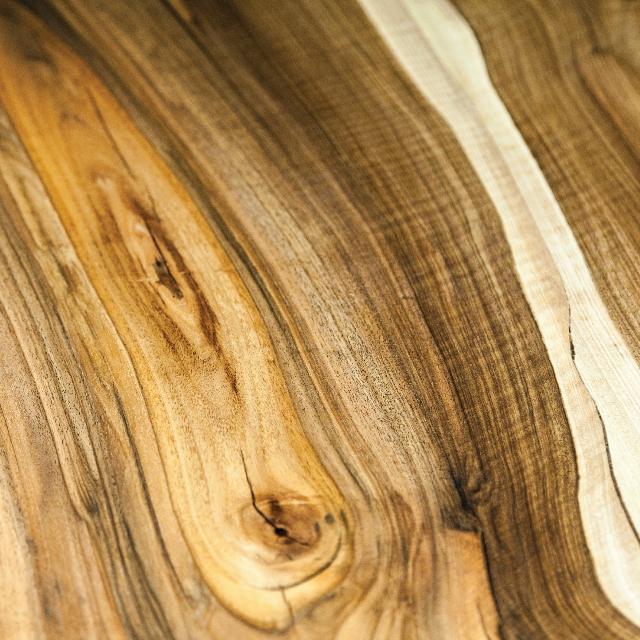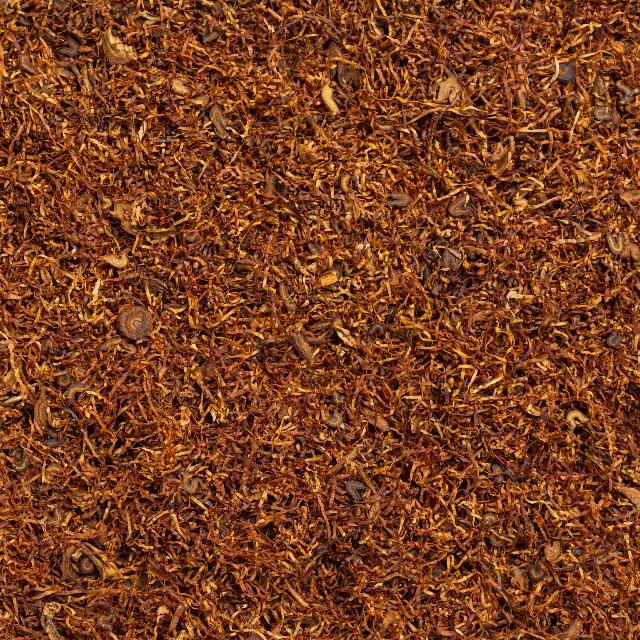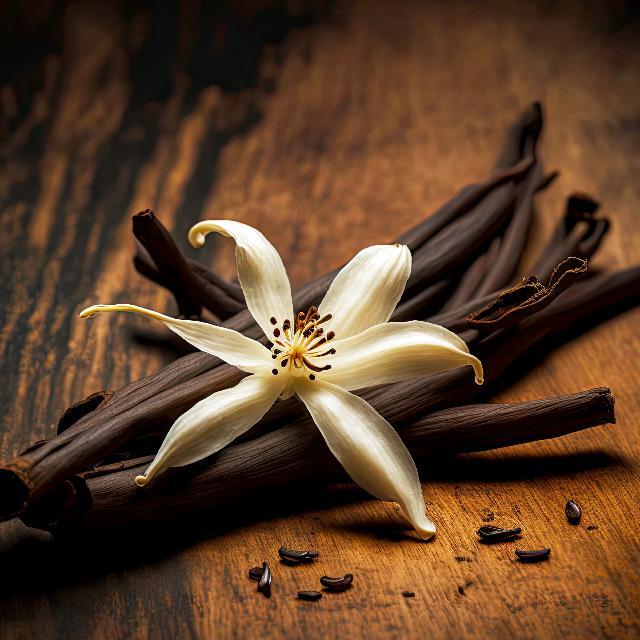Boet Erasmus was Dana and Etienne Buys’ maternal grandfather. He played a major role in their lives and also introduced them to fine wines. It should therefore come as no surprise that the Vrede en Lust flagship red wine was named after this remarkable man. The Boet Erasmus is an elegant new-world style Bordeaux blend. This blend incorporates the classic varietals and showcases abundant fruit that is well-balanced with oak.
Red and black fruit, tobacco and vanilla mingle with a rich earthiness and coalesce into a poised, understated wine with great aging potential.
Red and black fruit, tobacco and vanilla mingle with a rich earthiness and coalesce into a poised, understated wine with great aging potential.
Each component of this wine was harvested at point of optimal ripeness and fermented in stainless steel tanks. A portion of the juice completed malolactic fermentation in 225L oak barrels. The wine was matured in French oak barrels (35% new oak) for 16-18 months
Winemaker: Karlin Nel
Winemaker: Karlin Nel
Vrede en Lust was founded in 1688 by a Flemish Merchant called Jacques de Savoye. The Governor of the Cape allocated this farm to De Savoye, who fled Europe with his wife, Marie-Madeleine le Clerq, due to religious persecution.
After 70 days at sea, they arrived in Table Bay on 26 April 1688 on the 160ft Oosterland. The scene shifts to the Drakenstein, sparsely populated with only 23 Dutch freeburgers having settled there before. The valley is majestically beautiful, though quite rugged, with dense forests, game, lion and leopard, and the only human inhabitants, some nomadic Khoi. The pioneers lived in simple clay and reed homes. This is where De Savoye became the owner of a magnificent piece of land against the foothills of the Napoleonsberg (today known as the Simonsberg).
He called his farm Vrede en Lust (Peace and Delight/Eagerness), nurturing visions of a rural paradise where he could spend his last days. He immediately started improving the 55 Ha of land that starts at the Bergrivier valley floor and runs up the eastern foothills of the majestic Simonsberg Mountain.
After 70 days at sea, they arrived in Table Bay on 26 April 1688 on the 160ft Oosterland. The scene shifts to the Drakenstein, sparsely populated with only 23 Dutch freeburgers having settled there before. The valley is majestically beautiful, though quite rugged, with dense forests, game, lion and leopard, and the only human inhabitants, some nomadic Khoi. The pioneers lived in simple clay and reed homes. This is where De Savoye became the owner of a magnificent piece of land against the foothills of the Napoleonsberg (today known as the Simonsberg).
He called his farm Vrede en Lust (Peace and Delight/Eagerness), nurturing visions of a rural paradise where he could spend his last days. He immediately started improving the 55 Ha of land that starts at the Bergrivier valley floor and runs up the eastern foothills of the majestic Simonsberg Mountain.












